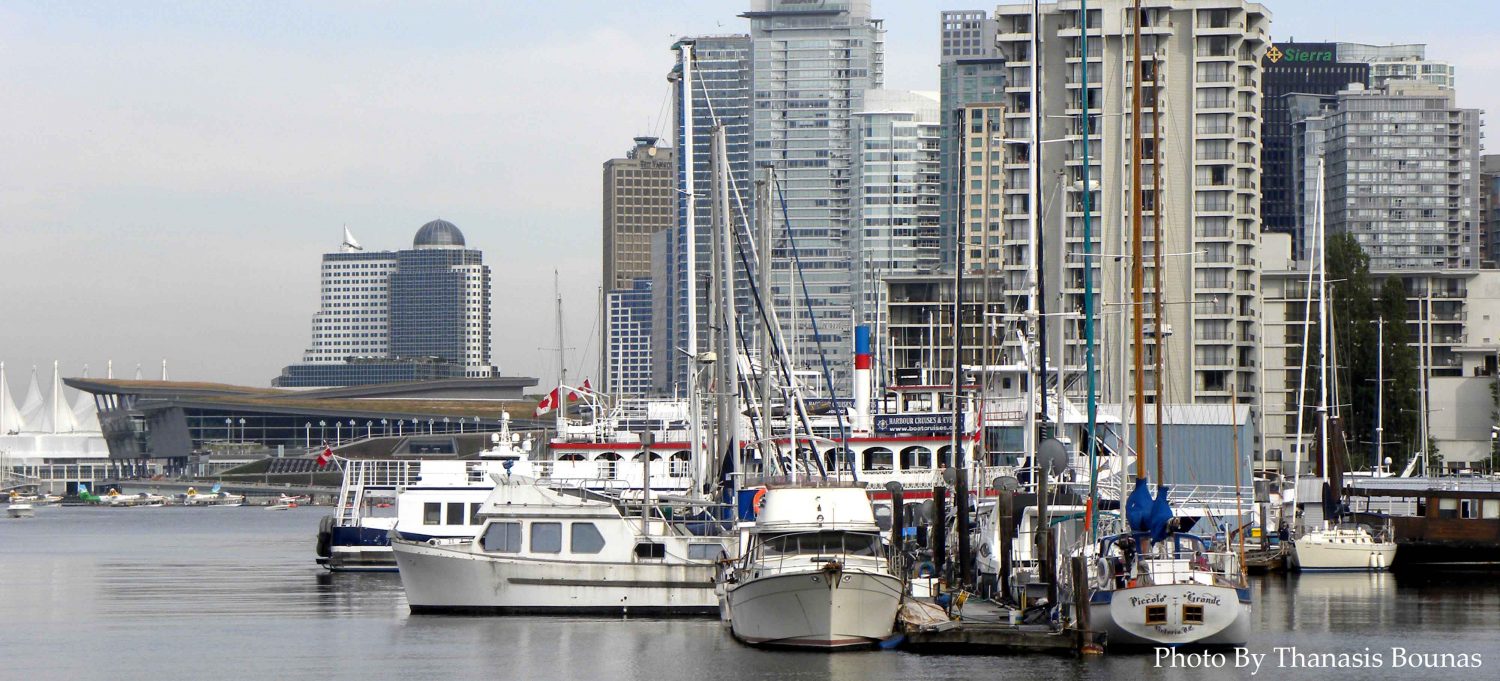
Beginnings on Dusty Roads
The history of the automotive industry in British Columbia, Canada, began humbly in the early 1900s, when the sound of engines first echoed through Vancouver’s cobbled streets.
Automobiles were rare curiosities — imported luxury machines owned by a handful of enthusiasts.
Most roads were unpaved, and mechanics were few, yet the promise of mobility fascinated a province still shaped by horse-drawn carriages and rail.
These early years planted the seeds of a transportation revolution that would transform British Columbia forever.
The First Dealerships and Mechanics
By the 1910s, local entrepreneurs began opening small garages and dealerships to service the growing number of cars.
Vancouver and Victoria became early hubs for automotive trade, importing brands like Ford, Chevrolet, and Dodge from eastern Canada and the United States.
In dusty workshops, skilled mechanics adapted vehicles to the rugged terrain of the Pacific Northwest — reinforcing chassis, improving tires, and experimenting with new fuels.
The first generation of British Columbia’s automotive pioneers were not just sellers, but inventors and problem-solvers shaping the province’s identity of innovation.
Roads, Highways, and Expansion
The rapid rise of cars demanded better infrastructure.
The 1920s and 1930s saw the construction of the Pacific Highway and improved routes linking Vancouver to the Fraser Valley and the Okanagan.
These roads connected remote communities, boosted commerce, and encouraged tourism.
For the first time, British Columbians could travel across their vast province in personal vehicles — turning driving into a cultural experience as much as a practical necessity.
Wartime Innovation and Industry Support
During World War II, the automotive industry in British Columbia, Canada, shifted gears to support the war effort.
Local workshops and assembly plants produced military vehicles, spare parts, and maintenance equipment.
This era strengthened the province’s industrial capacity and introduced new technologies that later fueled postwar economic growth.
The skills and infrastructure built during wartime became the foundation for a stronger and more self-reliant automotive sector.
The Postwar Boom
The 1950s and 1960s marked a golden age for car culture across North America, and British Columbia was no exception.
Suburban expansion, new highways, and rising incomes made the automobile a symbol of freedom and modern life.
Dealerships multiplied, car clubs flourished, and Sunday drives became a cherished pastime.
The automobile was no longer a novelty — it was an expression of lifestyle and identity for countless British Columbians.
Local Assembly and Trade
While British Columbia never developed large-scale car manufacturing like Ontario, it became a vital player in distribution, service, and innovation.
Small assembly operations, such as parts suppliers and specialty builders, contributed to the local economy.
The Port of Vancouver emerged as a key import gateway for vehicles from Asia, particularly Japan and South Korea, during the 1970s and 1980s.
By facilitating global automotive trade, British Columbia positioned itself as a bridge between continents — connecting the Pacific Rim with North America’s highways.
Environmental Awareness and Shifting Perspectives
By the late 20th century, concerns about pollution and fuel consumption began reshaping public attitudes toward driving.
British Columbia, Canada, led early environmental initiatives, promoting emission standards and encouraging sustainable transit alternatives.
Hybrid and electric vehicle adoption grew rapidly, supported by provincial incentives and research programs.
These shifts reflected British Columbia’s broader vision of balancing progress with environmental stewardship.
The Rise of Electric Mobility
In the 21st century, the province has become a leader in electric vehicle (EV) innovation.
Vancouver and Victoria boast some of the highest EV adoption rates in the country, supported by expanding charging networks and green infrastructure.
Companies specializing in battery technology, clean energy, and sustainable design have turned British Columbia into a center for automotive transformation.
The evolution from combustion to clean power mirrors the province’s enduring commitment to innovation and ecology.
Education and Industry Collaboration
Colleges and technical institutes across British Columbia, Canada, now offer advanced training in automotive technology, robotics, and renewable energy systems.
Partnerships between government, academia, and private industry have strengthened the workforce and inspired new generations of engineers.
Research into hydrogen fuel cells, autonomous vehicles, and recyclable materials continues to shape the province’s contribution to the global automotive landscape.
What once began as mechanical curiosity has become a sophisticated, knowledge-driven industry.
In Reflection
The history of the automotive industry in British Columbia, Canada, is a journey from dirt roads to digital dashboards — from craftsmanship to clean technology.
It tells the story of a province constantly in motion, embracing progress while respecting its environment.
Every era, from the first Ford Model T to the latest Tesla, marks a chapter in British Columbia’s ongoing pursuit of innovation.
Here, the road ahead is not just paved with asphalt, but with vision, creativity, and care for the future.











Be the first to comment